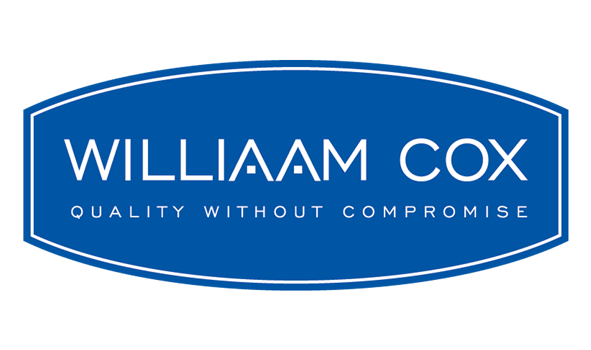Why are smoke control codes and standards relevant?
BS 9999; EN 12101; BS 7346; and BS 7974 are relevant codes and standards commonly referenced in Ireland relating to smoke control. Fire science, design, maintenance, and prevention is a dynamic, vibrant, and growing arena.
How codes and standards have developed
Fire has been with humanity from the beginning. Creating warmth, light, energy, and heat which is key to many industrial processes. Fire is not without risk and is a consistent danger to human life. The benefit of fire and heat needs to be understood and respected. Safety measures are paramount.
Over the centuries, and continuing to this day, fire has raged through buildings creating destruction, mayhem, and death. Beyond those very serious and tragic consequences, it also may negatively impact business continuity, while interrupting essential services. These devastating scenarios have resulted in the growth of the Fire Science technology sector. As the industry attracts more professionals the codes and standards are also developing, resulting in a structured approach that will achieve a safer built environment for everyone.
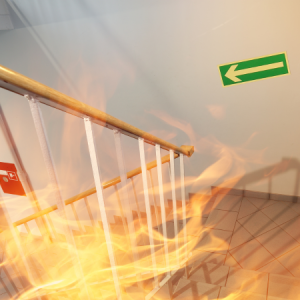
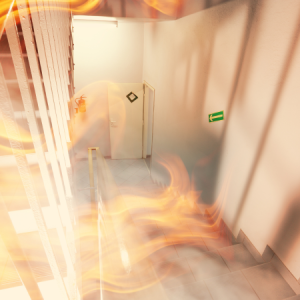
Designing buildings compliant with codes and standards
The codes and standards provide the designer with the ability to follow an approach based on research, development, and accepted norms in the building and construction sector. These codes and standards include and are not limited to:
- Calculation methods in determining the fire size and growth
- Guidelines on the behaviour of the smoke, buoyancy, energy, travel, equipment performance and testing criteria
One of the worst situations which can occur for the designer is to have a theory put to test for the first time when it meets its first fire test in a building fire situation. One of the easiest ways to expand your knowledge is to subscribe to the Fire Science podcast.
The more we expose ourselves to subject-specific knowledge, the better equipped we are to achieve the solutions.
The codes are not prescriptive. The codes are solution-based, encouraging research and development. They define boundaries and guide your possibilities. Of course, due to the nature of this matter, not every outcome can be predetermined. The importance here is knowing what questions to ask, and knowing how to rule out poor options, via a systematic approach.
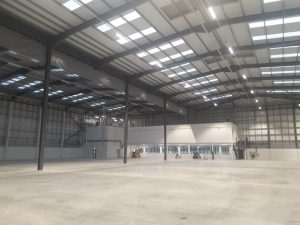
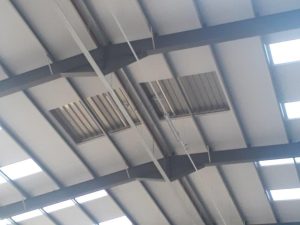
A building is a dynamic living organism, similar to the human body. It is not, as many believe, a structure created from concrete. If the fresh air systems are not maintained “Sick Building Syndrome” takes root in the building and occupants experience the associated side effects. The building breathes, moves, and reacts to temperature changes. The building weathers, systems deteriorate, and it is occupied by people. Each of these factors react independently and unpredictably, responding to every changing situation. We enter buildings unaware of the life safety systems in place, placing our faith and survival on the designer.
Much like a doctor evaluating a patient, the designer needs to evaluate the building using codes and standards as the foundation for their decisions, providing a solid base from which to cement their decisions. Eliminating the obvious improbabilities is the starting point in addressing complex buildings. Adherence to codes and standards secures the effectiveness of the design.
The codes create the minimum standards for the performance of equipment. It is critical for the designer to define the minimum equipment performance required to achieve their solution. Each piece of equipment must meet the minimum test requirements for the project.
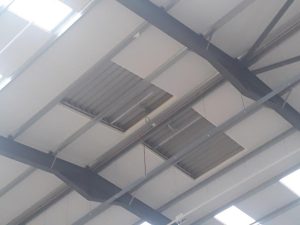
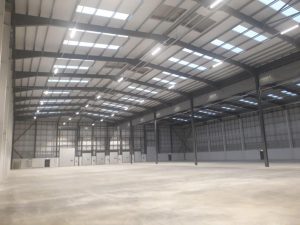
Exploring advanced solutions
Digging a little deeper into the Automatic Opening Ventilator (AOV), there is more to selecting the AOV than just ensuring the Aerodynamic Area (AA) requirement is met. Are the external Wind Load (WL) results suitable for the environment? Is the building in Spain or Ireland? This has a significant impact on the Snow Load (SL) result of the test. We will explore these concepts later in another article.
Modelling software and the increase in computer processing power with the advent of Artificial Intelligence (AI) software has had a positive impact on the evaluation of solutions prior to their implementation. It is important to note the model tests the design and will highlight the strong and weak points of the concept. These tools support the designer in proving the solution in a modelled life form.
Find out more about codes, standards, and their relevance in our article.
Our experienced team of Technical Sales, Design, and Service Engineers can help with your requirements.
For assistance with the design of a smoke control system email: estimating@williaamcox.ie
For assistance with service or system evaluation email: service@williaamcox.ie

